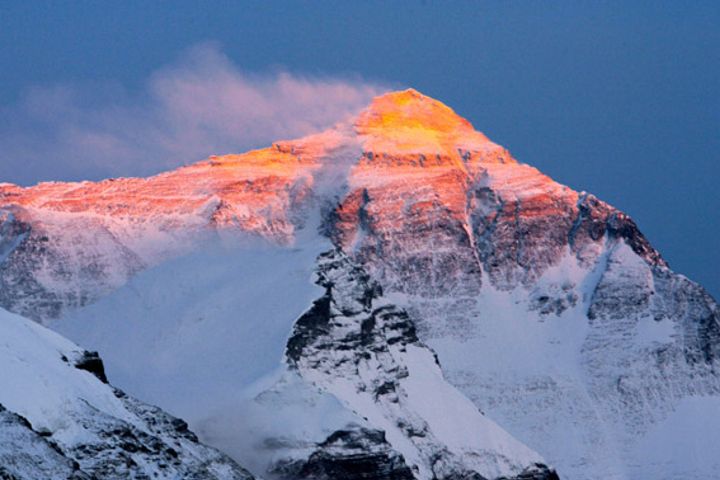 China Shuts Everest Base Camp to Tackle Garbage Blight
China Shuts Everest Base Camp to Tackle Garbage Blight(Yicai Global) Feb. 15 -- China has closed its Mount Everest base camp area for an indefinite period, banning ordinary tourists from going beyond the Rongbuk Monastery in Tibet as the authorities deal with a growing waste issue at the top of the world.
The administrative bureau in China's Tibet Autonomous Region that is responsible for Everest announced the closure in December. But a report claiming the base camp was permanently shut recently went viral online, according to an article published yesterday by China's official news agency Xinhua.
Increasing numbers of climbers have left a mountain of waste over the past decade, including used oxygen cylinders, tents, ropes, plastic packaging, discarded batteries and faeces. "The local authorities will clean up the rubbish," a member of the China Tibet Mountaineering Team told Yicai Global on Feb. 13.
A cleaner Everest will likely benefit commercial mountaineering, which has prospered in recent years, to flourish even further, according to those in the know. Mountaineers with a climbing permit can still go to the base camp, which is situated at an altitude of 5,200 meters, Xinhua said. An insider told Yicai Global that the current prohibition is directed at tourists. Professional climbing may be approved after strict review.
Since last year, the regional government collected 8.4 tons of garbage at 5,200 meters above sea level in the Everest National Nature Reserve, the reserve's administrator said. Dingri county authorities in the city of Shigatse spent CNY3.6 million (USD531,000) clearing 335 tons below that altitude. Shops, hotels and other accommodation huddle around the entrance to the base camp.
Some 615 tons of waste accumulated on the Everest glacier from 1921 to 1999, public data shows. Waste at such an altitude cannot be cleaned up without the help of professional climbers.
A Head for Heights and Figures
The number of ascents to the summit rose from over 20 to 200 between 2000 and 2010, per public data, with many hundreds of mountaineers making journey during the climbing season (end of March to end of May) in certain years when expeditions thronged the route to the peak.
Since the Tibetan mountain area opened at the start of the 1980s, mountaineering has benefited the regional sports sector and economy, according to the Tibet-based Shengshan Mountaineering Service Company.
Except for professional teams such as the Tibet Mountaineering Team, climbers mostly venture into the area through the services of agencies that usually charge CNY300,000 (USD44,283) to CNY400,000 per person and even more in some cases.
"Mt. Everest will be opened to mountaineering only in spring and the number of mountain climbers will be controlled at around 300," Nima Tsering, director of the Tibet Autonomous Region Sports Bureau, said at a consultation forum last month.
The authorities will further develop mountaineering management measures, oversee mountaineering growth, set up a standard for mountaineering services, and improve services, he added.